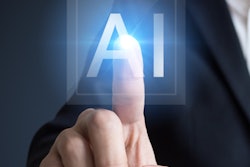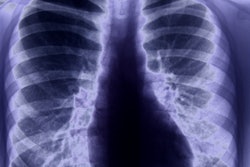Efforts are underway in healthcare to identify patients who are particularly vulnerable to needing significant amounts of medical care in the future. The goal is to enable intervention earlier in the disease process, yielding lower costs and better results for patients than trying to tackle disease in its final stages, according to study co-author Dr. Jae Ho Sohn of the University of California, San Francisco.
Algorithms that can sift through the electronic medical record (EMR) system to identify specific clues to disease may offer value in this quest, but a segment of the population exists that only interacts with the health system via the emergency department, Sohn told AuntMinnie.com. As a result, these patients don't have voluminous history in the EMR system.
"We sought to develop a tool that could help to screen individuals for the level of medical care that they might require in the future based on a chest x-ray, as an image that contains numerous pieces of information that may or may not have anything to do with why the patient presented to the emergency room in the first place, but that can act as a record of various health processes within the individual," he said.
The researchers trained a deep-learning model that can be used to identify patients at risk for heavy healthcare spending in the next five years, according to Sohn.
"Early intervention on these high-risk patients can allow us to improve their health and reduce societal spending on healthcare," Sohn said.
How did they achieve these results? You can find out by attending this presentation by lead study author Yixin Chen.



















